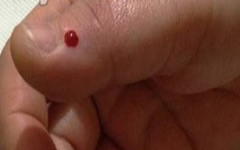
What is Bloodletting Therapy?
Bloodletting therapy is an external treatment method based on the patient’s condition, using specialized needles to puncture specific acupuncture points or superficial blood vessels to release a small amount of blood or lymphatic fluid to treat diseases. It is also known as cì luò (刺络) or cì xuè luò (刺血络). Bloodletting therapy has a long history, with over 40 chapters related to bloodletting in the Huangdi Neijing (《黄帝内经》), including dedicated sections: xue luo lun (血络论) and ci ni lun (刺疟论); the Su Wen: Xue Qi Xing Zhi (《素问·血气形志》) also states: “To treat disease, one must first remove excess blood… drain what is excessive and supplement what is deficient.”
What are the Benefits of Bloodletting Therapy?
1. Reduces fever and clears heat: There are two types of fever, one due to excess Yang and the other due to Yin deficiency. Bloodletting therapy is more effective for the first type.
2. Alleviates pain and reduces swelling: Traditional Chinese Medicine (TCM) believes that “where there is flow, there is no pain; where there is pain, there is no flow.” Bloodletting can relieve the stagnation in the meridians.
3. Emergency resuscitation: It can be used for heat stroke, stroke, coma, convulsions, and snake bites; bloodletting treatment can often immediately alleviate critical situations.
What Conditions Can Bloodletting Therapy Treat??
1. Internal diseases: Common cold, cough, insomnia, headache, heat stroke, stroke, finger numbness, etc.
Points that can be bled include er jian (耳尖), da zhui (大椎), chi ze (尺泽), shao shang (少商), shang yang (商阳), li dui (厉兑), er bei jing mai (耳背静脉), shi xuan (十宣), er chu (耳垂), jin jin (金津), yu ye (玉液), jian jing (肩井), tian zong (天宗), a shi xue (阿是穴), etc.

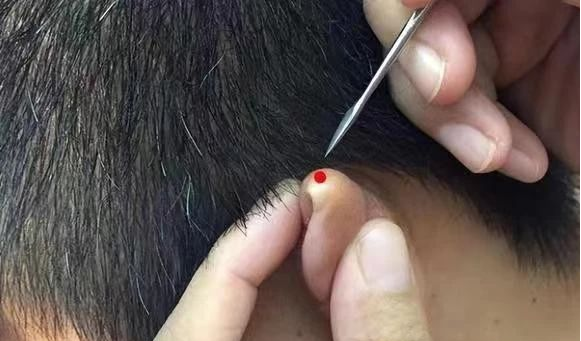
2. Dermatological diseases: Urticaria, eczema, herpes zoster, acne, varicose veins, etc.
Using mei hua zhen (梅花针) to prick yang ling quan (阳陵泉), a shi xue (阿是穴), etc.

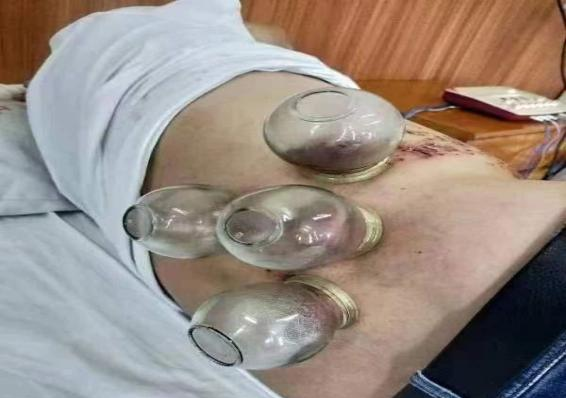
3. Orthopedic diseases: Cervical spondylosis, lumbar disc herniation, lumbar sprain, shoulder periarthritis, ankle sprain, knee arthritis, etc.
Points that can be needled include yao yan (腰眼), da chang shu (大肠俞), huan tiao (环跳), wei zhong (委中), cheng shan (承山), jian jing (肩井), jian yu (肩髃), bi shou (臂臑), tian zong (天宗), etc.
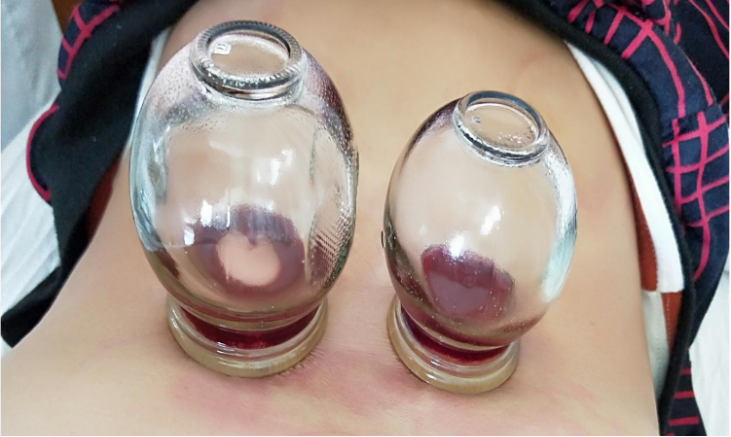
4. Otorhinolaryngological diseases: Pharyngitis, acute tonsillitis, toothache, facial paralysis, rhinitis, etc.
Needling points include da zhui (大椎), yi feng (翳风), yang ling quan (阳陵泉), li dui (厉兑), etc.
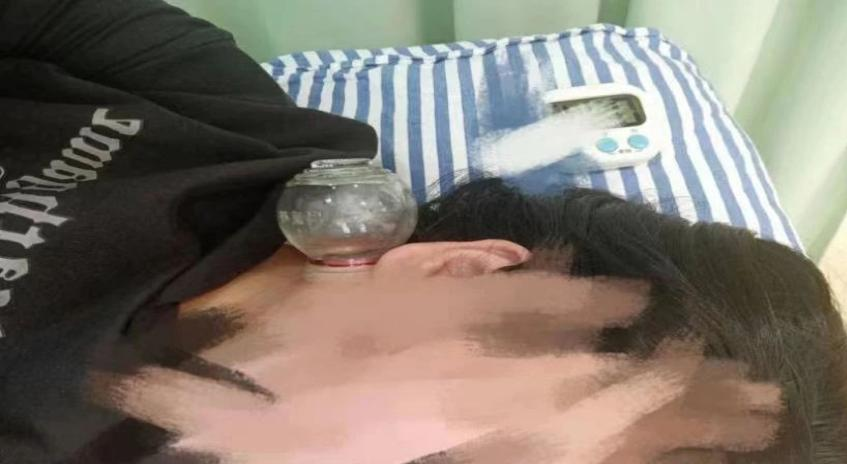
5. Pediatric diseases: Common cold, indigestion, food accumulation, etc.
Needling points include da zhui (大椎), er jian (耳尖), si feng (四缝).
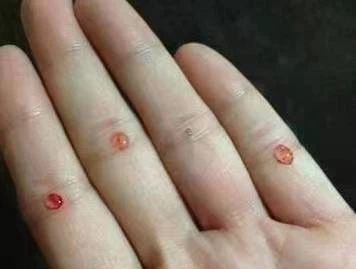
What Does the Color of Blood Indicate About the Body’s Condition?
1. Blood appears dark red, often indicates a heat syndrome.
2. Blood appears blackish-red, usually from trauma at a shi xue (阿是穴). This is often due to the accumulation of Qi and blood, with purple bruises resulting from local blood vessel rupture. Internal injuries: Deep injuries in the limbs are often due to blood stasis obstructing the meridians, while injuries in the head and trunk are often due to stagnant blood accumulating in the organs, typically causing pain in the corresponding organ area.
3. Blood appears light red-yellow: Typically occurs when blood is drawn from the elbow or knee joints, indicating rheumatic pain.
4. Blood appears bluish-purple: When blood is drawn from the back, abdomen, or fingers, indicating cold evil entering the body and harming organ function.
What Does the State of Blood During Bloodletting Indicate?
1. Blood is thin and difficult to coagulate: When blood is drawn, if it is thin and does not coagulate easily, this indicates blood deficiency. In clinical practice, if the blood is thin, the focus should be on releasing Qi; if the blood does not stop, avoid further puncturing.
2. Blood is thick and coagulates easily: If the blood coagulates easily, this is often due to Qi deficiency and is usually a solid condition. In such cases, bloodletting should be the primary focus, along with Qi tonification.
3. Blood flows slowly: If blood flows slowly after needling, requiring multiple punctures to draw blood, this often indicates Qi and blood deficiency, with blood stasis obstructing the organs. In treatment, it is essential to balance tonification and draining, focusing on releasing Qi and invigorating blood.
4. Blood flows rapidly: If blood flows rapidly after needling, this often indicates excess heat. In treatment, the focus should be on releasing Qi, along with bloodletting to clear heat. For those with habitual skin purpura, needling should be avoided or done cautiously.
5. Blood mixed with pus: If pus and blood appear at the needling site, this is often due to internal injury or prolonged internal damage leading to pus formation. In treatment, the focus should be on draining pus and detoxifying; for deep pus and blood, methods to release Qi and invigorate blood should be used.
6. Sticky white liquid: If a white sticky liquid is drawn from points like si feng (四缝), back, chest, or fish mouth, this often indicates pediatric malnutrition or dysfunction in the transportation of food and fluids, leading to insufficient local blood supply. Needling at si feng and similar points can help tonify the spleen and stomach and address deficiencies.
Expert Profiles
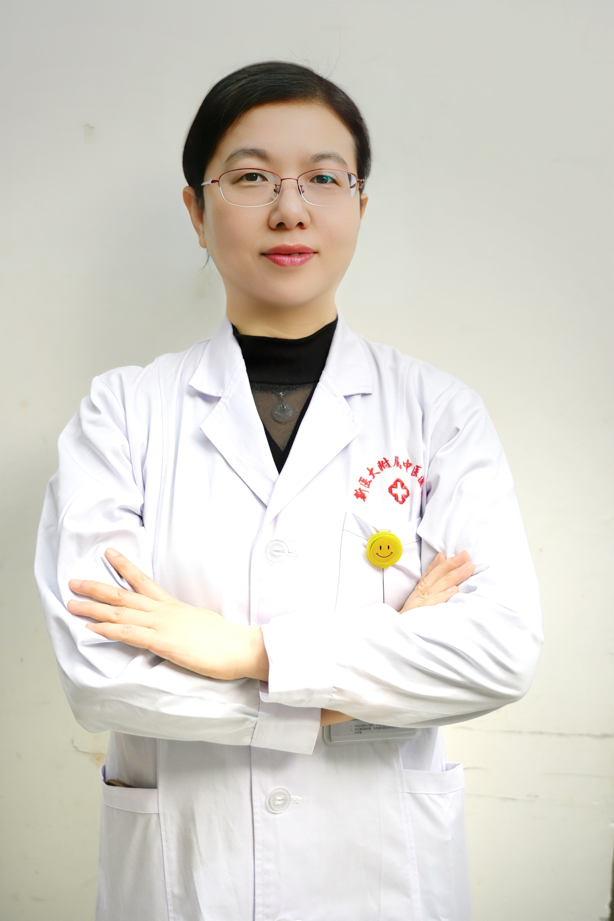
Name:Bao Yimei
Department:Acupuncture Department II
Title:Chief Physician
Specialty:Specializes in treating cervical spondylosis, lumbar disc herniation, shoulder periarthritis, obesity, menstrual disorders, rheumatoid arthritis, post-stroke paralysis, facial paralysis, herpes zoster and post-neuralgia, tinnitus, anxiety, depression, sleep disorders, etc. Proficient in acupuncture for internal diseases such as facial paralysis, stroke, and atrophy, as well as acupuncture point embedding for weight loss, and treating menopausal syndrome, insomnia, and depression. Skilled in using beryllium needles for musculoskeletal and fascial disorders, and five-element acupuncture for psychosomatic diseases.
Consultation Hours:Every Monday morning, Wednesday morning
Consultation Location:Room 301, Acupuncture Department, 3rd Floor, Traditional Chinese Medicine Hospital of the Autonomous Region
Consultation Hours:Every Tuesday, Thursday, Friday morning
Consultation Location:Room 707, 7th Floor, Cangfanggou Department, Traditional Chinese Medicine Hospital of the Autonomous Region
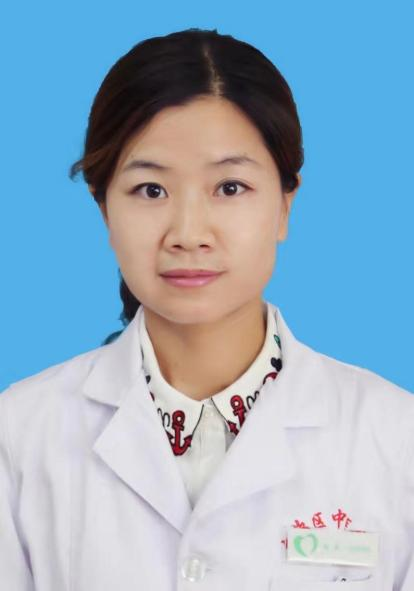
Name:Yang Huan
Department:Acupuncture Department II
Title:Associate Chief Physician
Specialty:Clinical diagnosis and treatment using a combination of acupuncture and herbal medicine, holistic treatment, employing micro-needle techniques for various pain conditions, ultra-micro needle knife, fire needle, embedding threads, bloodletting, and other acupuncture methods to treat common diseases such as facial paralysis, post-stroke paralysis, and various neurological disorders, neck, shoulder, waist, and leg pain, tinnitus, and sub-health conditions.
Consultation Hours:Friday afternoon
Consultation Location:Room 301, Acupuncture Department, 3rd Floor, Traditional Chinese Medicine Hospital of the Autonomous Region
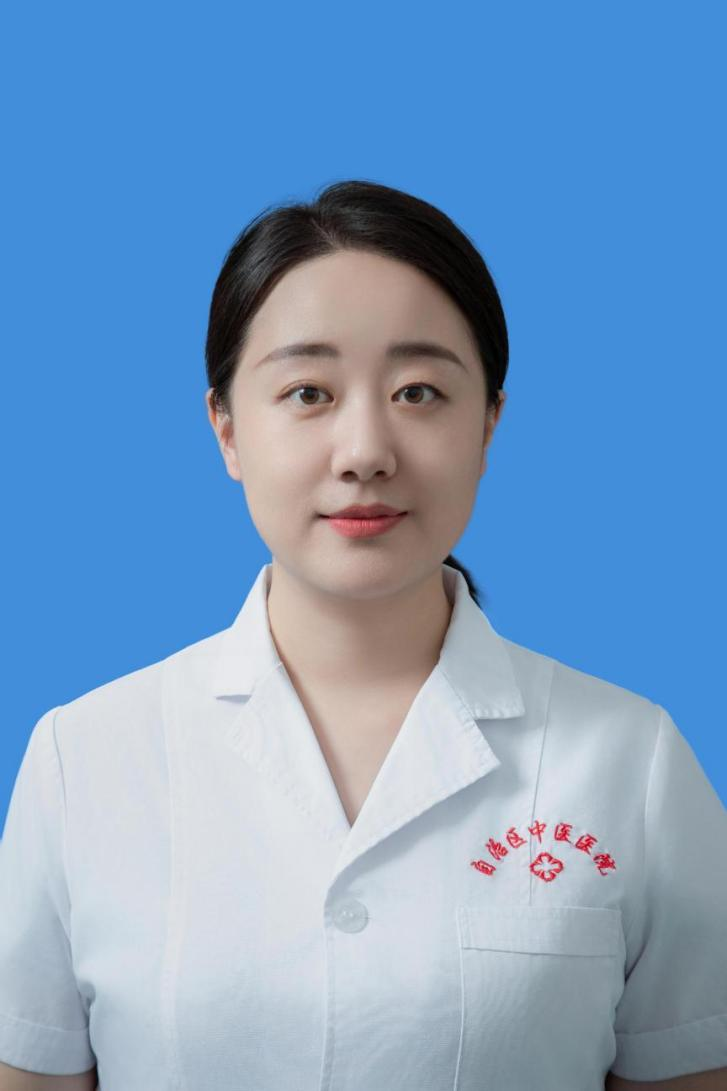
Name:He Huan
Department:Acupuncture Department II
Title:Attending Physician
Specialty:Skilled in using various acupuncture methods including ordinary acupuncture, fire needle, and thread embedding to treat post-stroke sequelae, cervical, shoulder, waist, and leg pain, facial paralysis, obesity, insomnia, menopausal syndrome, and other conditions.
Consultation Hours:Monday to Friday all day, Saturday morning
Consultation Location:Room 302, Acupuncture Department, 3rd Floor, Traditional Chinese Medicine Hospital of the Autonomous Region
END
Source:Acupuncture Department II, Yang Huan
Editor: Ma Ying, Ma Qian
Reviewed by: Sun Qiang

Since you are here, please give us a thumbs up before you leave~~~


